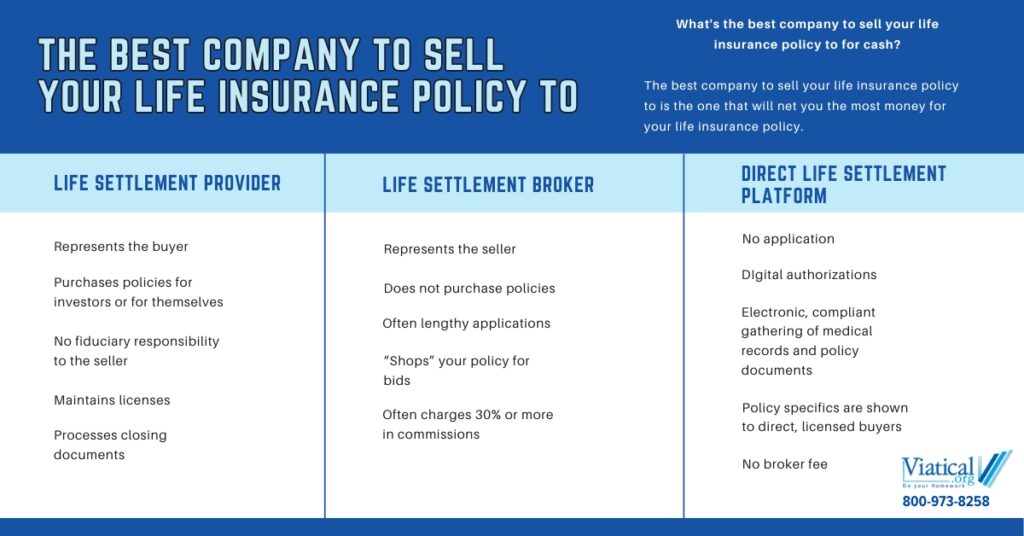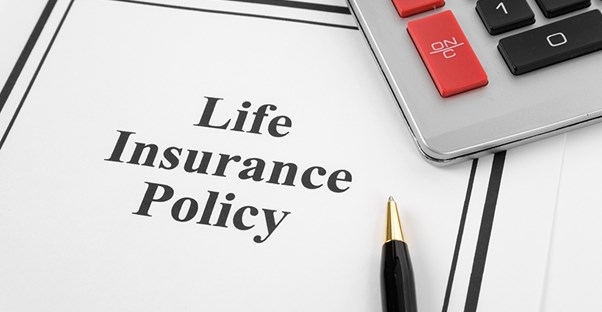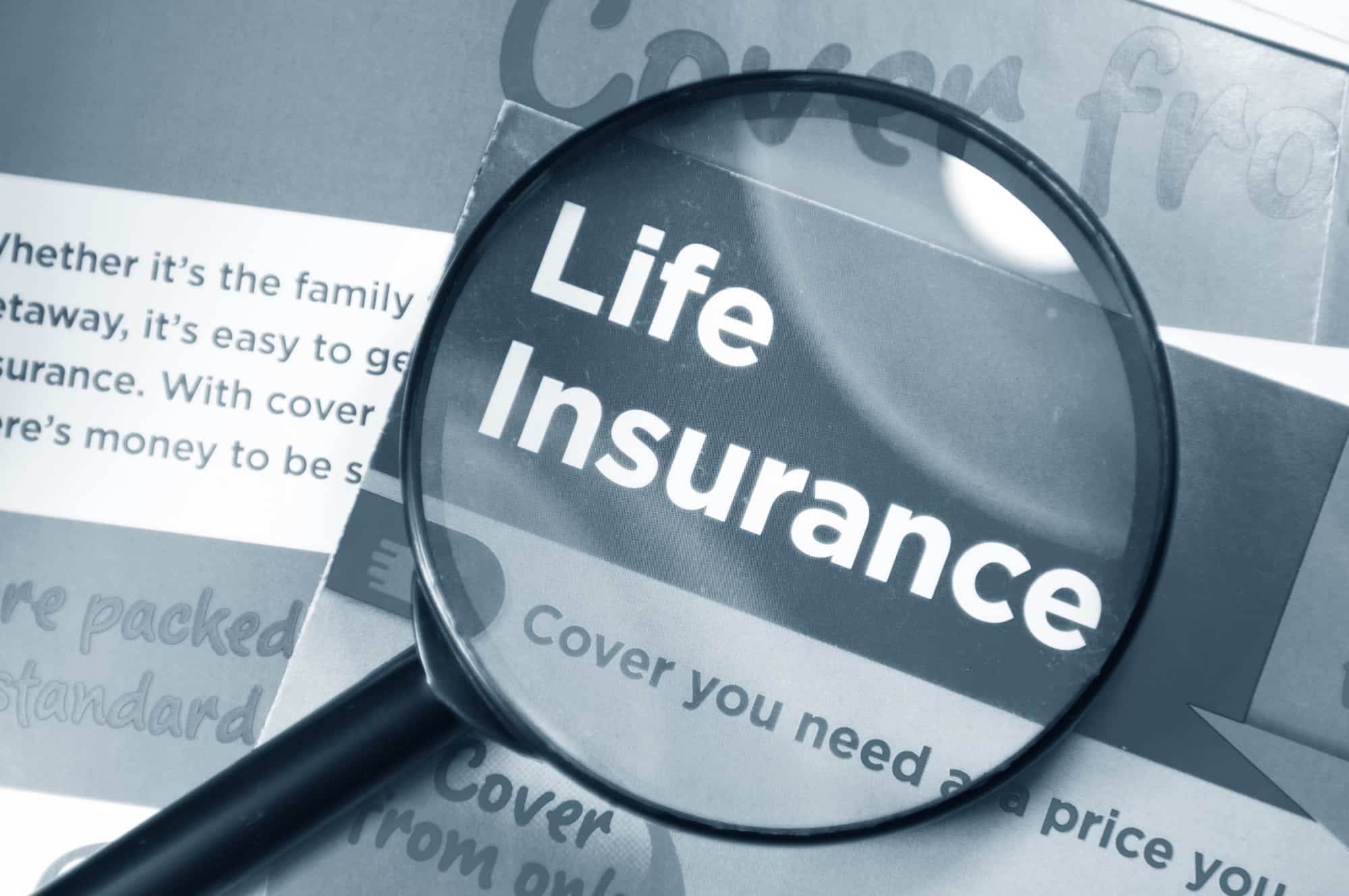What to Do After a Single-Car Accident
If you’re ever involved in a single-car accident, it’s important to know what to do. Here are the steps you should take:
1. Call the Police Immediately
The first thing you should do after a single-car accident is call the police. This is important for several reasons. First, the police will be able to create an accident report. This report will document the details of the accident, including the time, date, location, and how the accident happened. It will also include the names and contact information of everyone involved in the accident, as well as any witnesses. The police report will be an important piece of evidence if you need to file an insurance claim or take legal action.
Second, the police can help you get medical attention if you need it. If you’re injured in an accident, the police will call an ambulance and take you to the hospital. They can also help you get in touch with your insurance company and a tow truck driver.
Third, the police can help you clear the scene of the accident. If your car is blocking traffic, the police can help you move it to the side of the road. They can also help you clean up any debris from the accident.
Finally, the police can help you file a police report. This report will be helpful if you need to file an insurance claim or take legal action. It will also be helpful if you need to prove that you were not at fault for the accident.
Here are some additional tips for calling the police after a single-car accident:
- Stay calm and collected.
- Pull over to the side of the road, if possible.
- Call 911 or your local police department.
- Your name and contact information.
- The location of the accident.
- The time and date of the accident.
- The make, model, and license plate number of your car.
- The names and contact information of any other drivers or passengers involved in the accident.
- The names and contact information of any witnesses.
- Answer the dispatcher’s questions clearly and concisely.
- Stay on the phone until the police arrive.
Be prepared to give the dispatcher the following information:
What to Do After a Single-Car Accident
When you’re involved in a car accident, your first priority should be to ensure your own safety and the safety of any passengers. If possible, move your car to a safe location and turn on your hazard lights. Once you’ve secured the scene, you should:
Call the Police
For starters, if there’s any property damage or injuries, you must report the accident to the police. They will help create a report that can be used for insurance purposes. Additionally, the police can provide assistance if there are any injuries or if the other driver is disputing liability.
Exchange Information
Once you’ve called the police, exchange information with the other driver(s) involved. This includes your name, address, phone number, insurance information, and license plate numbers. If there were any witnesses to the accident, get their names and contact information as well.
Document the Scene
Take pictures of the damage to your car and the other vehicle(s) involved. If there are any injuries, take pictures of those as well. You should also take notes about the accident, including the time, date, location, and weather conditions.
Report the Accident to Your Insurance Company
As soon as possible, report the accident to your insurance company. They will help you file a claim and get your car repaired or replaced.
Hire an Attorney
If you or anyone else was injured in the accident, you may want to consider hiring an attorney. An attorney can help you get the compensation you deserve for your injuries.
Single-Car Accident: What to Do
In the aftermath of a single-car accident, panic and confusion can set in. However, knowing what steps to take can help you navigate this stressful situation. One of the most crucial actions is to assess injuries
Check for Injuries
After a car accident, it’s essential to check yourself and any passengers for injuries. This means looking for obvious signs such as cuts, bruises, or broken bones, but also for more subtle symptoms like headaches, dizziness, or abdominal pain. If you or anyone else has any injuries, no matter how minor, call 911 immediately. Even injuries that seem minor can become more severe if left untreated.
Secure the Scene
Once you’ve checked for injuries, it’s important to secure the scene of the accident. This means turning on your hazard lights, setting up flares or warning triangles, and moving your vehicle to a safe location if possible. By securing the scene, you can help prevent further accidents and ensure the safety of yourself and others.
Gather Information
After securing the scene, gather as much information as you can about the accident. This includes taking photos of the damage to your vehicle and the surrounding area, exchanging insurance information with any other drivers involved, and obtaining the names and contact information of any witnesses. This information will be invaluable when filing an insurance claim and determining who was at fault for the accident.
Call the Police
In most cases, you should call the police after a car accident. The police will be able to investigate the accident, write a report, and issue citations if necessary. Having a police report can help protect your interests and provide valuable documentation for your insurance claim.
Seek Medical Attention
Even if you don’t think you have any injuries, it’s still a good idea to seek medical attention after a car accident. Some injuries, such as whiplash, may not be immediately apparent but can cause serious problems later on. By seeing a doctor, you can get checked for any hidden injuries and receive treatment if necessary.
Contact Your Insurance Company
Once you’ve had the accident, it’s important to contact your insurance company as soon as possible. Your insurance company will be able to help you file a claim and guide you through the process of getting your vehicle repaired or replaced.
Don’t Admit Fault
It’s important to avoid admitting fault at the scene of the accident. Even if you believe you are at fault, it’s best to let the police and your insurance company investigate the accident and determine who was responsible.
Be Prepared to Cooperate
The insurance companies involved in the accident will likely want to investigate the accident and interview you and any other drivers involved. Be prepared to cooperate with the investigation and provide them with all the information they need.
Get Legal Advice
If you are seriously injured in a car accident, or if you believe that the other driver was at fault, you may want to consider getting legal advice. An attorney can help you protect your rights and get you the compensation you deserve.
Single Car Accident: What to Do
Getting into a car accident is a stressful experience. When you’re the only one involved, it can be even more confusing. Here’s a step-by-step guide on what to do after a single-car accident.
Gather Information
After the accident, your first priority should be to gather as much information as possible. This will help you when you file a claim with your insurance company. Take photos of the damage to your car and the accident scene. Get the names and contact information of any witnesses. If there are any traffic signs or signals that may have contributed to the accident, take photos of those as well.
Check for Injuries
Once you’ve gathered information, check yourself for injuries. Even if you don’t feel any pain, it’s possible to have injuries that aren’t immediately apparent. If you have any pain or discomfort, don’t hesitate to seek medical attention. You can also go to the hospital or urgent care center to be checked out. If your injuries are severe, don’t wait to get help.
Contact the Police
In most cases, you’re not required to call the police after a single-car accident. But there are some exceptions. For example, if there are any injuries, if the accident blocked traffic, or if you suspect that the other driver was intoxicated, you should call the police. The police will investigate the accident and file a report. This report can be helpful when you file a claim with your insurance company.
Contact Your Insurance Company
As soon as possible after the accident, contact your insurance company. They will need to know about the accident so they can start processing your claim. You can file a claim online, over the phone, or in person. Your insurance company will ask you for information about the accident, including the date, time, location, and a description of what happened. They may also ask for photos of the damage to your car. After you file a claim, your insurance company will assign an adjuster to your case. The adjuster will review your claim and determine how much you’re entitled to receive.?
Single Car Accident: What to Do
Single-car accidents can be a frightening and disorienting experience. In the aftermath of such an incident, it’s crucial to stay calm and take the necessary steps to ensure your safety and well-being. Here’s a comprehensive guide on what to do if you find yourself involved in a single-car accident:
Staying Calm and Assessing the Situation
After a single-car accident, it’s normal to feel shaken and overwhelmed. However, it’s important to stay calm and gather your thoughts. Check yourself for any injuries and if possible, move to a safe location away from traffic. Assess the damage to your vehicle and any potential hazards in the area.
Calling for Help
If you or anyone else is injured, call 911 immediately. Provide the dispatcher with your location and a brief description of the accident. Stay on the line until help arrives. If possible, take photos of the accident scene and any visible injuries.
Exchanging Information
If there are no other vehicles involved, you do not need to exchange information with anyone. However, if there were any witnesses to the accident, try to get their contact information and a brief statement of what they saw. If possible, also gather the following information:
– Your insurance information
– The make, model, and license plate number of your vehicle
– The date, time, and location of the accident
– Any visible damage to your vehicle or nearby property
Documenting the Accident
Take as many photos of the accident scene as possible, from different angles. Document the damage to your vehicle, any skid marks, and any other relevant details. If there were any witnesses, write down their names and contact information. Also, keep a record of any conversations you have with the police, insurance companies, or other parties involved in the accident.
Seeking Medical Attention
Even if you don’t feel injured immediately after the accident, it’s important to seek medical attention as soon as possible. Some injuries may not show symptoms right away, such as whiplash or internal bleeding. A doctor can examine you, diagnose any injuries, and provide appropriate treatment. Ignoring injuries can lead to long-term health complications.
What to Do After a Single-Car Accident
If you find yourself in the unfortunate situation of being involved in a single-car accident, it’s important to know what to do to protect yourself and your rights.
Secure the Scene
First and foremost, ensure your safety and the safety of any passengers. Pull over to a safe location if possible, and turn on your hazard lights. If anyone is injured, call 911 immediately.
Call the Police
Even if there are no injuries, it’s always a good idea to call the police to report the accident. They will create an official report that can be helpful for insurance and legal purposes.
Exchange Information
If there are any other vehicles involved, exchange information with the other drivers, including names, addresses, phone numbers, insurance information, and license plate numbers.
Take Pictures
Take pictures of the accident scene, including damage to your car, the other vehicle (if any), and any surrounding areas. This will help you document the incident.
6. Gather Witness Statements
If there were any witnesses to the accident, get their names and contact information. Their statements can be helpful in reconstructing the events.
If there were no other vehicles involved, you may still want to gather witness statements from anyone who saw the accident happen. This is especially important if the accident was caused by a road hazard or other environmental factor.
In addition to gathering witness statements, you may also want to take pictures of the road conditions or any other factors that may have contributed to the accident.
Report the Accident to Your Insurance Company
Contact your insurance company as soon as possible to report the accident and file a claim. They will need to know the details of the accident, including the time, date, location, and any injuries or damage.
Follow Up
After you have reported the accident to your insurance company, they will likely send an adjuster to inspect the damage and assess your claim. Be sure to cooperate with the adjuster and provide them with all the information they need.
Dealing with a single-car accident can be stressful, but following these steps can help you protect yourself and your rights. By staying calm and taking the necessary steps, you can make the process as smooth as possible.
What to Do After a Single Car Accident
If you’re ever involved in a single-car accident, it’s important to know what to do. By following these steps, you can help protect yourself and your rights.
## Get a Medical Examination
Even if you don’t feel injured, it’s important to get a medical examination after a car accident. Some injuries, such as whiplash, may not be immediately apparent. A doctor can check for hidden injuries and provide treatment if necessary.
## Call the Police
In most cases, you should call the police after a car accident. The police will create a report of the accident, which can be helpful if you need to file an insurance claim or take legal action.
## Exchange Information
Once you’ve called the police, exchange information with the other driver(s) involved in the accident. This includes your name, address, phone number, insurance information, and license plate numbers.
## Take Photos
If possible, take pictures of the accident scene. This will help you document the damage to your car and the surrounding area.
## Get a Copy of the Police Report
Once the police have completed their investigation, you can request a copy of the police report. This report will contain important information about the accident, including the names of the drivers involved, the time and location of the accident, and the officer’s observations.
## Contact Your Insurance Company
You should contact your insurance company as soon as possible after a car accident. Your insurance company will help you file a claim and get your car repaired or replaced.
## Get Legal Help
If you’ve been injured in a single-car accident, you may want to consider getting legal help. An attorney can help you protect your rights and get you the compensation you deserve.
Single Car Accident: A Comprehensive Guide to Do’s and Don’ts
Single-car accidents can be jarring and, at times, overwhelming. If you’re ever involved in one, it’s essential to stay composed and know what steps to take. Here’s a detailed guide to help you navigate the aftermath of a single-car accident:
1. Stay Calm and Ensure Safety
In the aftermath, it’s imperative to remain calm. Check yourself and any passengers for injuries. If you’re hurt, seek medical attention promptly. Move your vehicle to a safe location if possible, but don’t leave the scene.
2. Call the Police and File a Report
Report the accident to the authorities by calling 911 or your local police station. They will document the incident and provide you with an official police report, which is crucial for insurance claims and legal purposes.
3. Exchange Information
If there’s another vehicle involved, exchange essential information, including names, contact details, insurance companies, and policy numbers. You may also want to take photos of the vehicles and the scene for documentation purposes.
4. Gather Witness Statements
If there are any witnesses to the accident, try to obtain their contact information. Their statements can be valuable in determining what happened.
5. Take Photos and Document Damages
Take plenty of photos of the accident scene, including damage to your vehicle, the surroundings, and any visible injuries. These images will serve as evidence for your insurance claim.
6. Notify Your Insurance Company
Contact your insurance company as soon as possible and report the accident. They will guide you through the claims process and help you get your vehicle repaired or replaced.
7. Seek Medical Attention (If Needed)
Even if you don’t feel injured immediately after the accident, it’s wise to seek medical attention. Some injuries may not be apparent right away, and it’s crucial to rule out any potential health risks.
8. Hire an Attorney (Optional)
If you have sustained significant injuries or property damage, or if the other driver is disputing liability, you may want to consider hiring an attorney. They can represent your interests, negotiate with the insurance companies, and ensure you receive fair compensation for your losses.
Remember, staying calm and taking the appropriate steps after a single-car accident can make all the difference. By following these guidelines, you can help protect your rights, ensure your well-being, and navigate the recovery process smoothly.




Leave a Reply